.jpg)
DEPUTY MINISTER OF AGRICULTURE AND ENVIRONMENT VO VAN HUNG:
Identify the current situation, promote development
In order to support traditional occupations, craft villages, and traditional craft villages in the country in general, as well as in Da Nang city in particular, to meet the requirements of sustainable development, digital transformation, and increasingly deep integration, the Ministry of Agriculture and Environment will propose to the Government to direct the ministry to preside over the drafting of a Decree amending and supplementing Decree No. 52/2018/ND-CP on rural industry development, focusing on the orientation of "greener - more digital - reaching further".
At the same time, revise and upgrade the craft village conservation and development program for the 2026 - 2035 period in the direction of integration with the OCOP program, digital transformation, rural tourism, vocational training, market development, branding and honoring and recognizing local artisans.
The Ministry of Agriculture and Environment will also recommend that the Government increase budget allocation and mobilize socialized resources for investment in developing craft village infrastructure, design and innovation centers, environmental treatment, and digitizing craft village data, and building digital maps of craft villages.
Allows the construction of a national digital database on traditional occupations, craft villages, and traditional craft villages with geocoding, industry classification, national identification of craft households and related craft village subjects, linked to the new rural construction planning map.
Putting the content of conservation, sustainable development, upgrading craft villages, preserving indigenous culture, craft village tourism, and living space through craft village development is a key content in national target programs.
In the process of policy development, the Ministry of Agriculture and Environment strengthens coordination with relevant ministries and branches, especially in the fields of science - technology, natural resources and environment, industry and trade, culture - tourism, labor - vocational training, finance and banking, to ensure consistency and effectiveness in implementation.
At the same time, support the review and update of the list of traditional occupations, develop national vocational skill standards for a number of specific occupations; propose programs to promote trade, branding and international intellectual property protection for craft village products.
On the local side, it is necessary to proactively develop and integrate the program of preserving and developing craft villages into the socio-economic development plan and new rural construction for the period 2026 - 2030.
Focus on supporting training, vocational training, technology transfer, environmental treatment and developing OCOP products associated with cultural identity, prioritizing unique craft villages with potential for value chain linkage, tourism development and export.
To preserve traditional crafts and create development for traditional craft villages, honoring and celebrating artisans is an important solution that localities need to regularly implement.
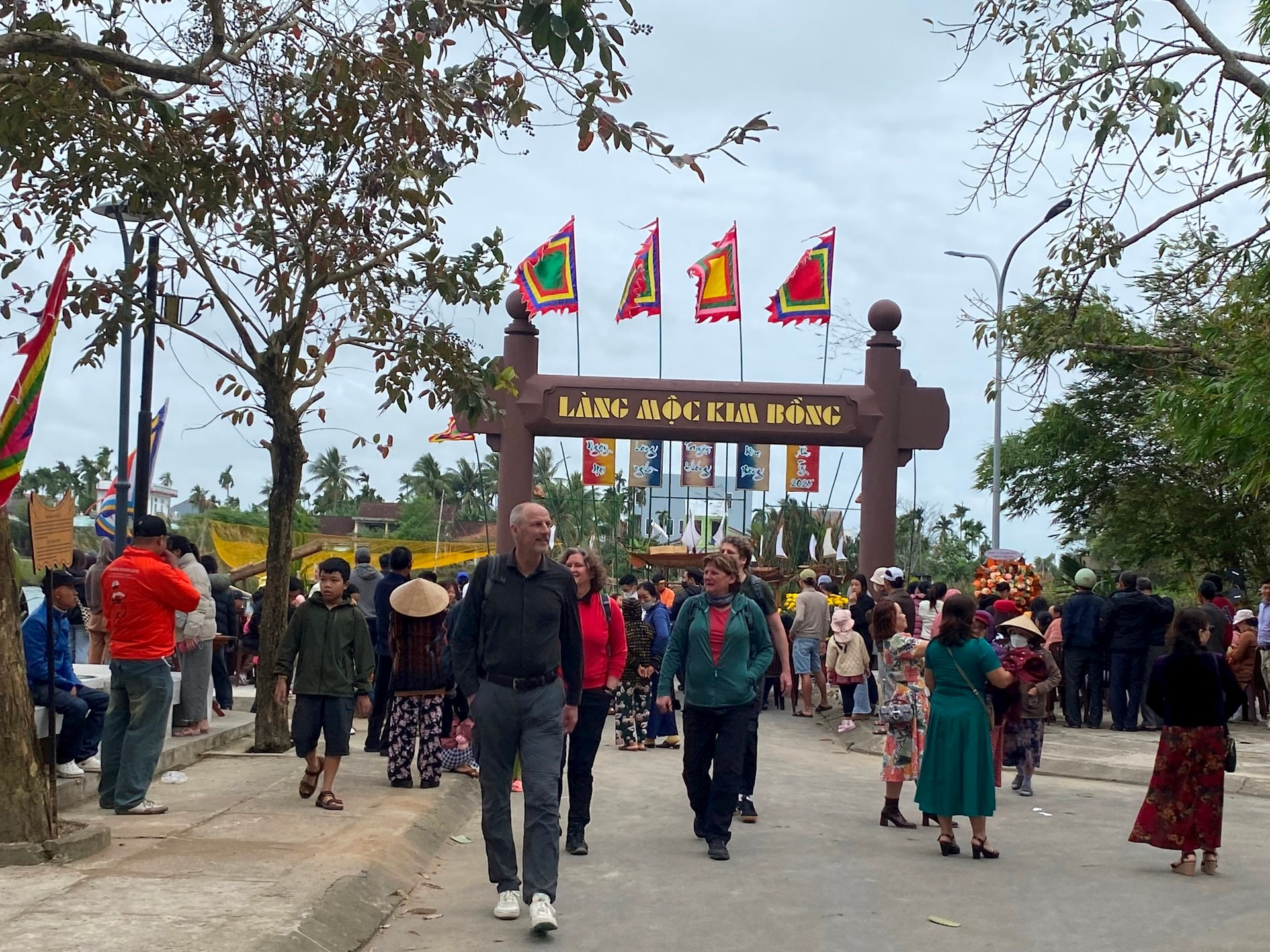
MS. NGUYEN THI HOANG YEN, DEPUTY DIRECTOR OF THE DEPARTMENT OF COOPERATION ECONOMY AND RURAL DEVELOPMENT (MINISTRY OF AGRICULTURE AND ENVIRONMENT):
Need to apply appropriate science and technology
The application of science, technology and engineering to production activities in craft villages has changed in recent times, but is still modest and uneven among regions and industries.
The reason is the lack of policies to encourage and support investment in technological innovation specific to craft villages. There is a lack of shared technical infrastructure (design, testing, processing, material processing, traceability centers...) to support small-scale facilities and individual production households.
There is no specialized technical and technological training program for artisans and skilled workers, leading to backwardness, slow product improvement in design and quality, and failure to adapt to the digital market. The application of digital technologies such as 3D design, process simulation, e-commerce, QR codes, etc. is still very limited, mainly due to lack of capacity and training support.
Therefore, it is necessary to supplement policies to support technological innovation and the application of science and technology to rural industries associated with preferential financial mechanisms, green credit, and partial support for equipment investment costs for craft villages.
It is necessary to build regional craft village design and innovation centers to support model design, application of 3D technology, AI, virtual reality, testing of new materials, packaging, QR traceability and development of digital data on products.
Promote links between universities and vocational training institutions with craft villages; have technological solutions linked to production practices and local cultural traditions.
Incorporate digital skills training, advanced production techniques, and technological process simulation into training programs for artisans and craft village workers, with simulation materials and on-site practice.
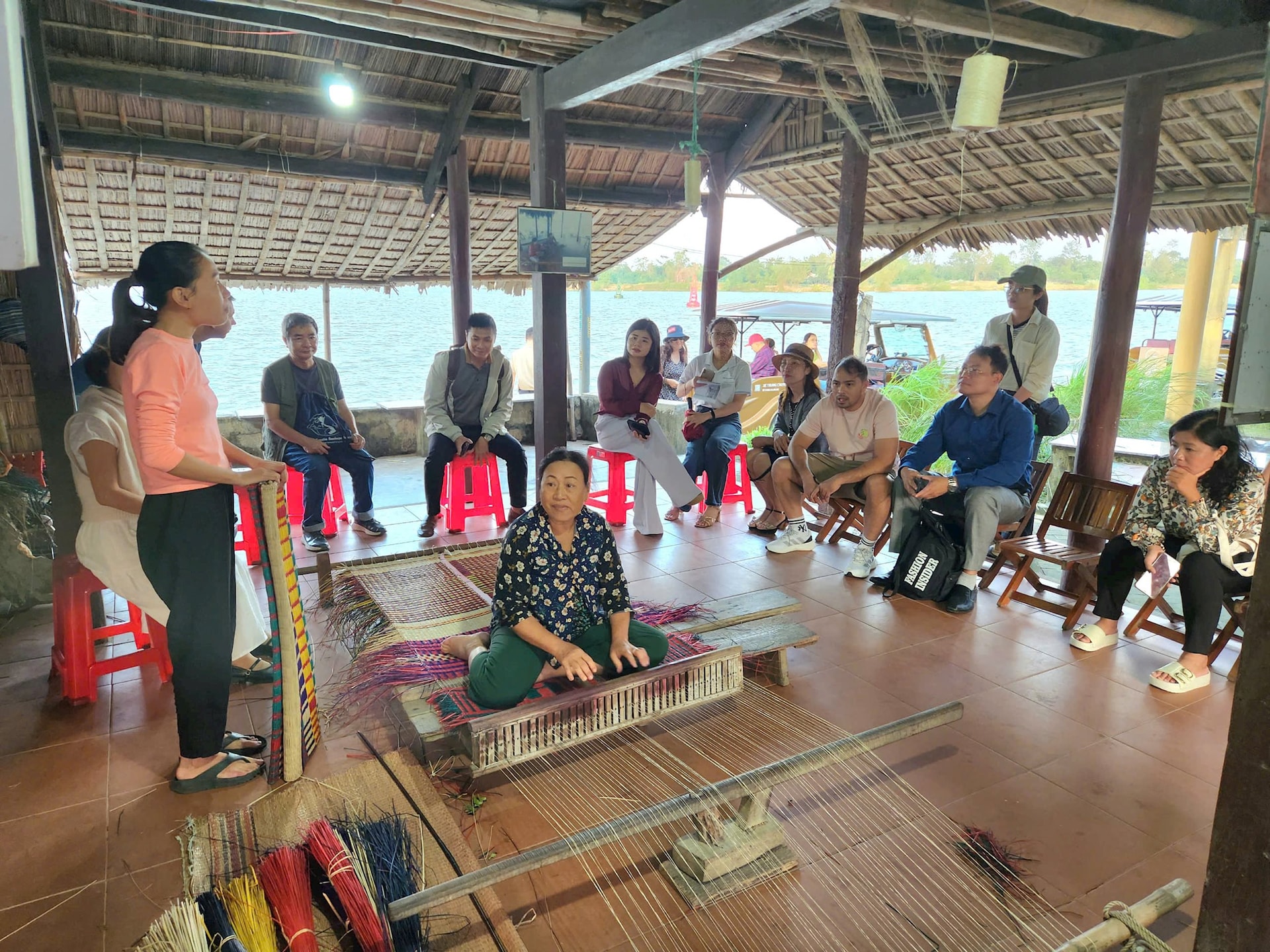
MR. TRINH QUOC DAT, PRESIDENT OF VIETNAM CRAFT VILLAGE ASSOCIATION:
Close connection for the sustainability of craft villages
The current situation of production linkage in craft villages still has many limitations. The linkage between production households in craft villages is spontaneous, without general coordination, and unsustainable.
Production facilities in craft villages often operate independently, with little sharing of resources, information, or cooperation in production and consumption of products. Vertical linkages (from production to consumption) are not tight, resulting in high costs, low efficiency, and being easily squeezed by traders.
There are few leading enterprises and cooperatives that act as a center to connect small-scale producers to organize production according to the value chain, control quality, and standardize product quality.
Many small production facilities do not yet fully realize the importance of linkages; lack knowledge of chain management, specialized division of labor..., leading to overlap and inefficiency.
Many craft villages lack concentrated areas and have poor infrastructure (electricity, water, and transportation). Outdated technology makes it difficult to coordinate and standardize products to link them into chains.
Craft villages lack stable distribution channels, do not have a common brand or a trading floor for craft village products. Products are individual, not uniform in design and quality, making it difficult to expand links with large manufacturers.
For sustainable development, craft villages need solutions to organize production linkages.
Firstly, it is necessary to build a multi-dimensional production linkage model, including horizontal linkage between production households and establishments in the same industry to create collective strength and share raw materials, techniques and equipment.
Vertical linkage is the linkage of raw material producers - processing enterprises - distributors - tourism to form a closed value chain.
Regional linkage is connecting many neighboring craft villages with complementary products, forming craft village clusters to increase competitiveness.
It is necessary to establish and promote the role of representative organizations. Establish craft village cooperatives or grassroots craft village associations to unify quality standards, designs and common brands.
Thereby, the organization provides training in management, marketing, and e-commerce for members and acts as a focal point for negotiating large contracts, connecting domestic and foreign markets.
It is necessary to preserve and spread cultural values in production in craft villages. Accordingly, traditional cultural elements (patterns, materials, historical stories) are integrated into product design.
Record and digitize knowledge and crafting techniques to pass on to the younger generation. Invite senior artisans to train and guide new workers.
It is necessary to apply technology without losing identity . Use technology to process raw materials, ensure safety and increase productivity.
Preserving the quintessence of craftsmanship is the stage that demonstrates technique and cultural soul. Using digital platforms to introduce products, tell the story of the craft village through videos, 3D photos, virtual reality (VR).
It is urgent to connect craft villages with community tourism development. Combine craft village tourism with experiential tourism, visitors participate in making products, listen to stories about the history of craft villages.
Build tours linking many cultural and ecological tourist destinations and craft villages. Revenue from tourism is reinvested in preserving and developing craft villages.
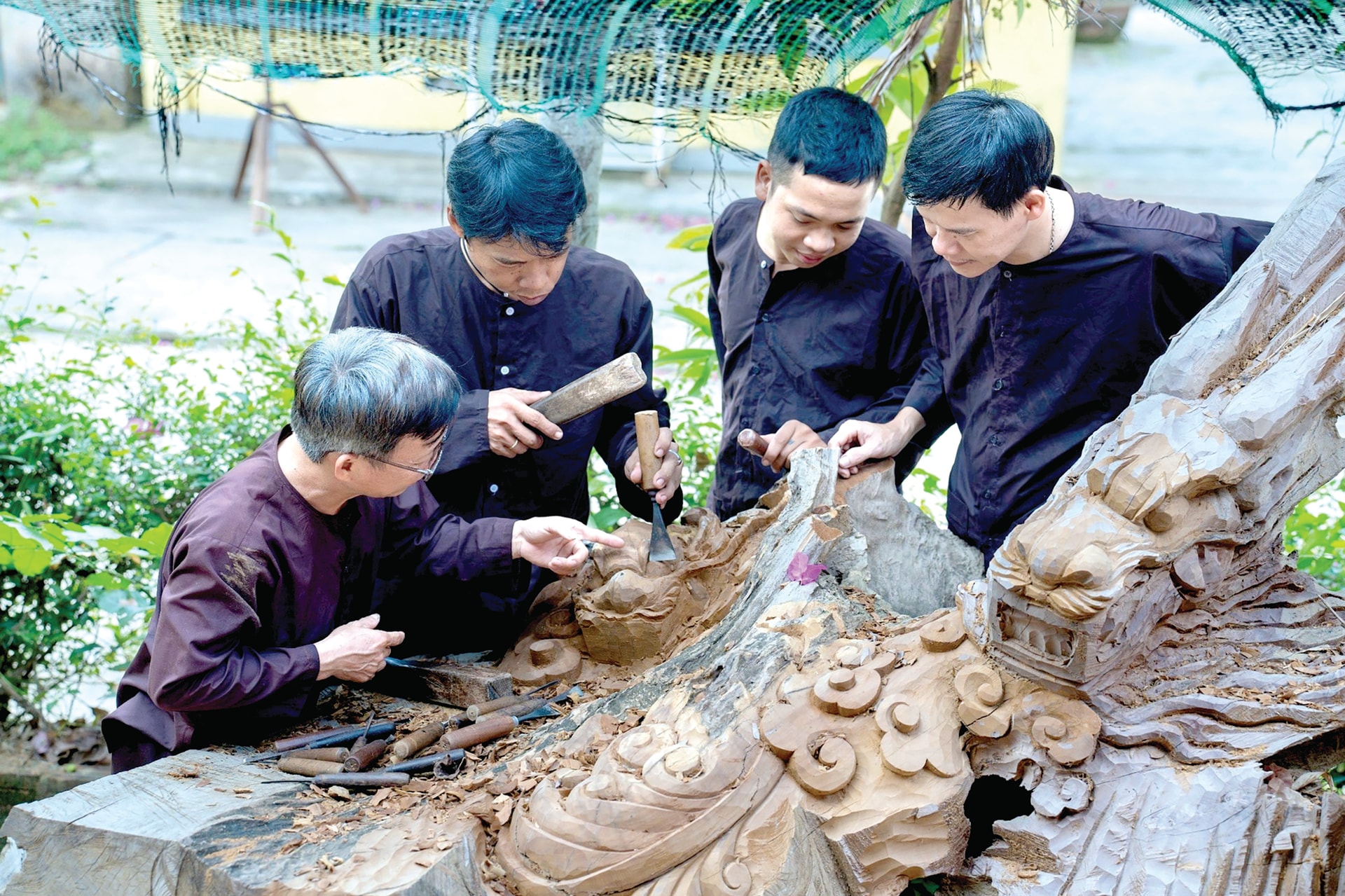
VICE CHAIRMAN OF DA NANG CITY PEOPLE'S COMMITTEE TRAN NAM HUNG:
Affirming values and promoting image to the international community
Craft villages and rural industries will forever be the "soul" of the rural economy, creating jobs and increasing income for millions of workers, while preserving and spreading cultural values and national identity.
In Da Nang city, the policies of the Government and the Prime Minister have been put into practice, many industries and craft villages have been restored; handicraft products are increasingly diverse, affirming the strong creativity of artisans.
The city’s handicraft products have affirmed their position and brand in the domestic and international markets. Many models of linking craft village production with tourism have been formed and developed, contributing to the development of the rural economy and the construction of new rural areas.
Da Nang is the economic, social, cultural and tourist center of the Central region. The locality has great potential in developing rural industries and craft villages.
Famous craft villages include Non Nuoc Stone Craft Village, Phuoc Kieu Bronze Casting Village, Thanh Ha Pottery Village, Tra Que Vegetable Village, Kim Bong Carpentry Village, Cam Thanh Bamboo and Coconut Craft Village, etc.
Craft villages not only provide livelihoods for local people but also create a unique "cultural brand" for the city, attracting domestic and foreign tourists to visit, explore and experience.
In the context of deep international integration, Da Nang’s industries and craft villages have both many opportunities and many challenges. Therefore, we need to quickly identify opportunities and correctly assess difficulties to have solutions to promote sustainable development.
It is important to affirm that traditional craft villages and occupations are not only important economic resources but also part of intangible cultural heritage, playing a bridging role in exchange, cooperation and promoting the image of Vietnam to the international community.

MR. NGUYEN MINH TIEN, DIRECTOR OF TRADE PROMOTION CENTER (MINISTRY OF AGRICULTURE AND ENVIRONMENT):
Extensive trade promotion support in the digital age
Da Nang’s handicraft industry still has a lot of room for development. The important thing is to have a professional, long-term trade promotion strategy; flexibly combine direct and online forms; carefully prepare from product selection, build communication messages to communication skills, negotiate with international partners.
To do this successfully, the State needs to support handicraft production establishments to participate in international e-commerce platforms such as Amazon, Alibaba, Etsy, etc. Building a "national booth" for handicraft products on these platforms is a strategic step to build a common brand, increase customer trust, and open up opportunities to directly reach millions of global consumers.
Developing digital exhibitions and virtual fairs using 3D, AR, and VR technology to recreate craft village spaces, introduce products realistically and vividly, and help international customers experience products remotely.
In today's digital age, implementing marketing activities through social networks, livestreams, KOLs and technologies such as artificial intelligence (AI) to personalize promotions for each customer group will help handicraft products increase accessibility, create strong spread, especially with young customers and those with new consumption needs.
Along with that, enhancing transparency, certifying origin with Blockchain technology, QR code. This is an important tool to demonstrate sustainability, meet the strict requirements of the import market and contribute to positioning the brand in a green, sustainable direction.
Some other important issues to note are training digital commerce human resources associated with building a customer data system, applying Big Data to analyze consumer behavior and market trends.
Besides digital technology, it is still necessary to maintain and effectively promote traditional trade promotion channels such as international fairs, exhibitions, and Vietnamese goods weeks abroad.
Direct trade connection activities need to be organized more systematically, especially in key markets such as Europe, the US and Japan.
Enhance the capacity of artisans through training and knowledge development in international marketing to create a solid foundation for long-term development.
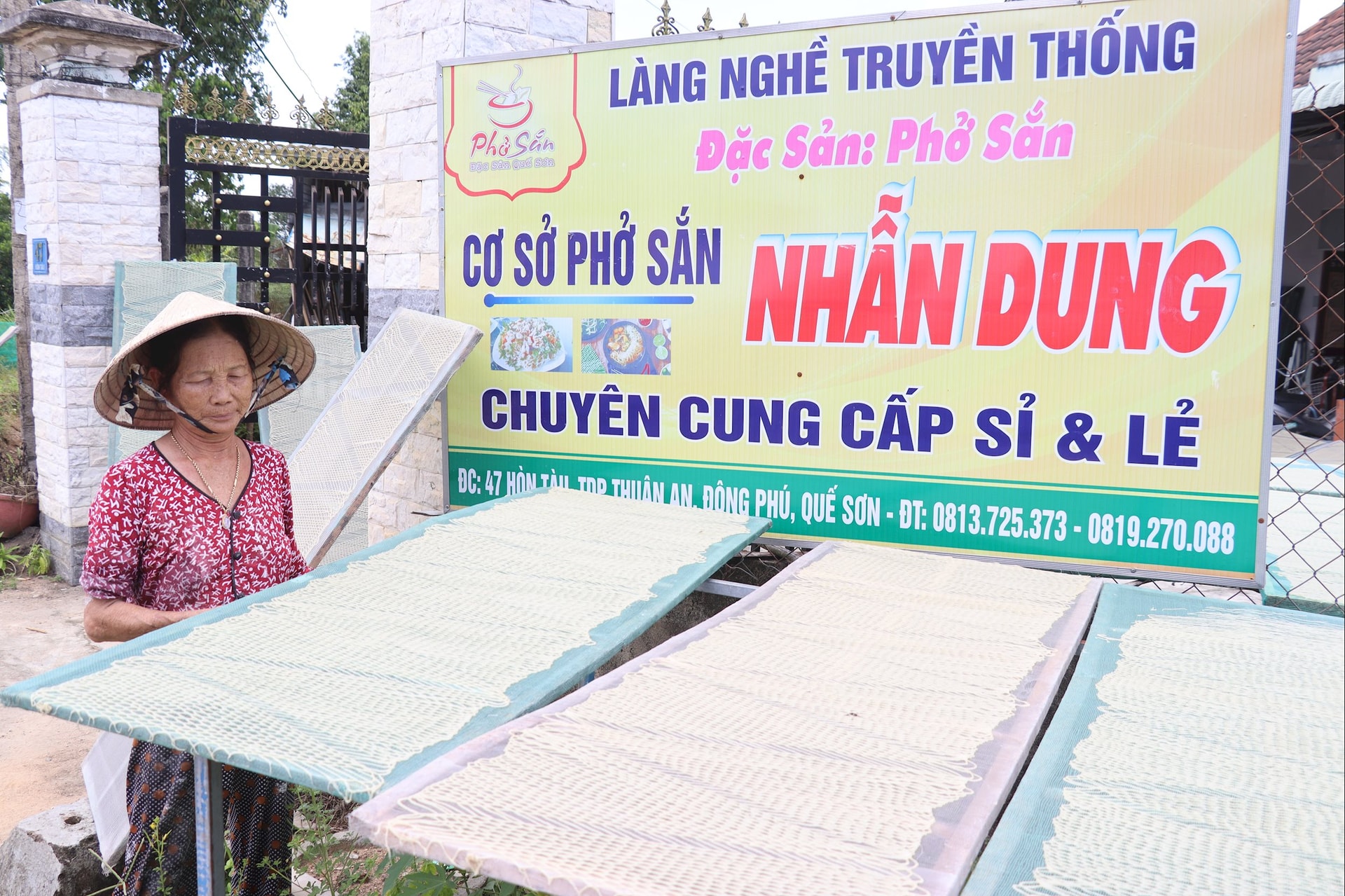
Assoc.Prof.Dr.Dang Mai Anh, Former Vice Principal of University of Industrial Fine Arts (Hanoi):
Innovation in training and vocational training to adapt to trends
Handicraft products are the crystallization of the skillful hands, creative intelligence of artisans and carry within them the values of national culture, fine arts, knowledge, economy... Craft villages with handicraft products contribute to the development of rural economy, it is very necessary to preserve and develop craft villages in the current trend of international integration. Da Nang city needs to pay attention to the story of preserving the craft through training and passing on the craft.
The transmission of skills in craft villages to this day still follows the method of transferring knowledge and experience from previous generations to the next. It requires approaching new issues of technology, production thinking, manufacturing, markets, raw materials, etc.
Many traditional craft villages are lacking the next generation of artisans, and need a highly skilled workforce to meet the needs of society. Traditional vocational training has limitations such as incompletely systematized vocational knowledge; practice methods no longer adapt to scientific developments; lack of knowledge to connect domestic and foreign markets; and failure to form a business network.
Faced with this situation, training and teaching today need to have appropriate forms to create efficiency in preserving and developing craft villages. In the digital age, it is necessary to apply artificial intelligence in vocational training associated with promoting the identity and strengths of handicrafts, creating a driving force for sustainable development.
It is very necessary to train, retrain, and improve vocational skills. To foster and improve information technology application skills for workers in craft villages, especially in management, production, design, information transaction promotion, etc.
Training and passing on the profession is to continue the longevity of traditional crafts and also to enrich the craft villages with increasingly high cultural, artistic and commercial values. The method of linking training and fostering professional qualifications is considered appropriate to create generations of craft village artisans who are both highly skilled and have an aesthetic sense suitable to the tastes of today's society.
It is necessary to encourage links between training institutions, businesses and associations to develop human resources for craft villages. With an academic aesthetic scientific mindset, art schools will impart and help learners perfect their thinking about beauty. For example, handicraft products need to be in harmony with and attached to a specific environment; the products need to have sizes, shapes, designs and colors suitable for the specific space of the craft village.
Training, teaching and innovation in designing handicraft products are important steps for each traditional craft village in Da Nang city to truly enhance its potential in both quality and quantity, have a worthy position in international markets, contribute to increasing economic resources, contribute to preserving, promoting and disseminating cultural values.
Source: https://baodanang.vn/khang-dinh-thuong-hieu-van-hoa-lang-nghe-3305102.html



![[Photo] Binh Trieu 1 Bridge has been completed, raised by 1.1m, and will open to traffic at the end of November.](https://vphoto.vietnam.vn/thumb/1200x675/vietnam/resource/IMAGE/2025/10/2/a6549e2a3b5848a1ba76a1ded6141fae)









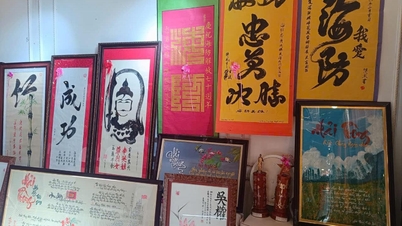





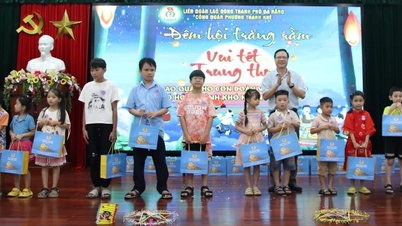

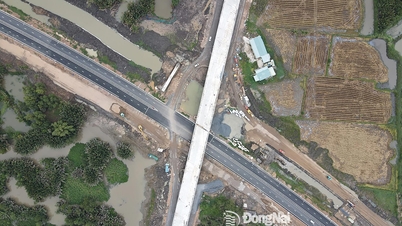

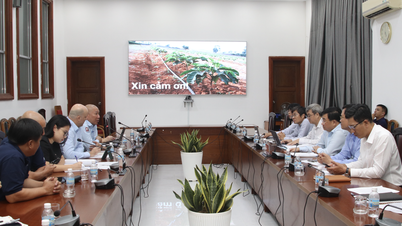

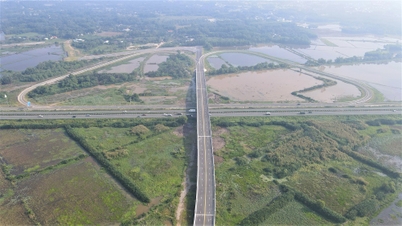






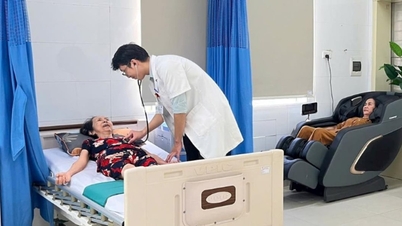
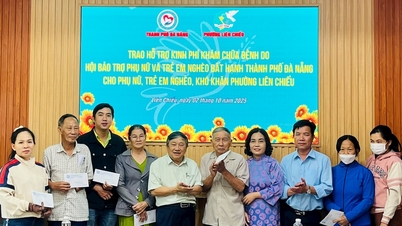

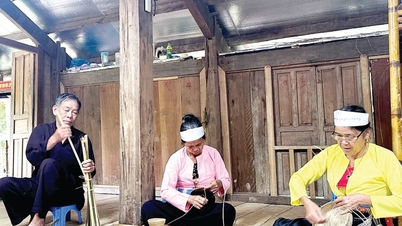















































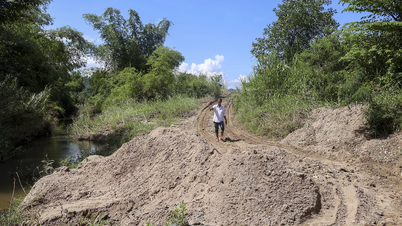
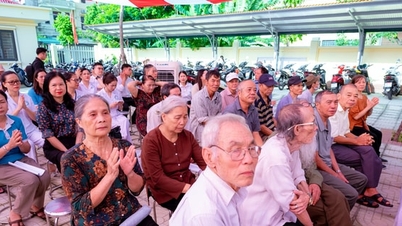



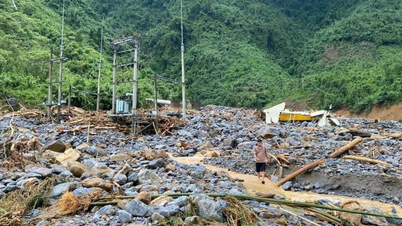















Comment (0)